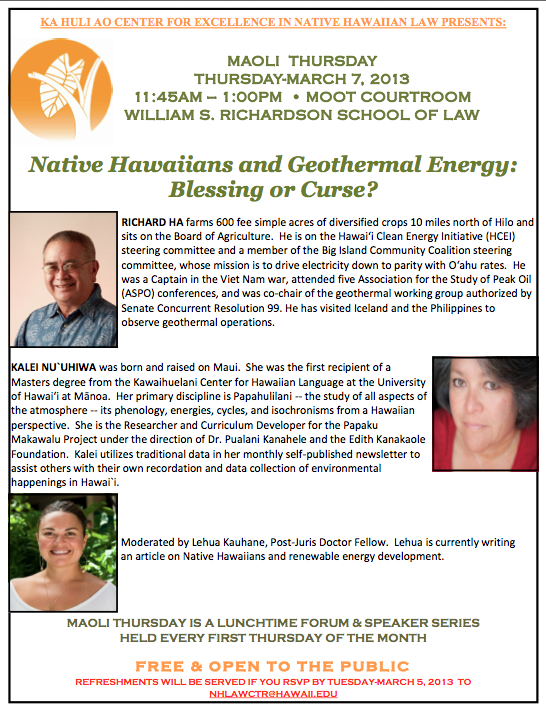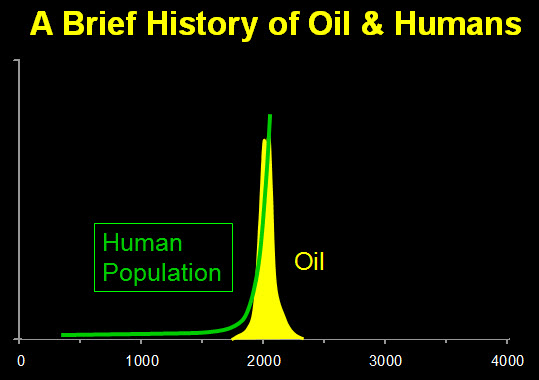Richard Ha writes:
Puna Geothermal Venture tripped offline a few days ago. It’s very encouraging to know that everything worked well with Civil Defense and our emergency procedures. This is a result of folks having raised concerns, which has heightened awareness.
As Patrick Kahawaiola‘a always says, “It’s about the process.”
Going through the process makes for a better result. So you have to aloha everyone on all sides of an issue.
HELCO just issued a Request for Proposals (RFP) for 50 megawatts more of geothermal power. There will be much more discussion. House Bill 160 draft 2, which has now crossed over to the Senate, is an attempt to bring “home rule” back to geothermal development, and to streamline procedures without sacrificing safety.
This is all about balance. How do we insure safety, while at the same time keeping costs under control?
If we can do that, we can protect the rubbah slippah folks, and that in turn helps all of us.
Council Councilman Greggor Ilagan issued this press release:
MEDIA RELEASE
At approximately 4 p.m. Wednesday, March 13, Puna Geothermal Venture, tripped off line and experienced a steam release. The steam was released through the plant’s Emergency Steam Release System, which abates hydrogen sulfide emissions.
Council Councilman Greggor Ilagan of District 4, went directly from the council meeting in Hilo to the PGV site in Puna. He met with PGV staff, including operations manager William E. Wiebe and plant manager Cliff Townsend.
“Everyone worked together quickly and effectively. PGV’s safety mechanisms were put into action immediately, the public was notified, and the appropriate authorities took action,” Ilagan said. “I feel it’s better to be overly cautious than unprepared.”
PGV staff monitored the facility and surrounding area through the afternoon and into the evening. Fire Department personnel also assisted in these efforts.
“Everything went well … precautionary procedures were implemented early on. The community did a great job. Those that were concerned chose to leave and seek information,” said Darryl Oliveira, Civil Defense administrator.
The Pahoa Community Center, under direction of the Department of Parks and Recreation, opened itsdoors for those who preferred to remain outside the area.
According to Ken Nagasawa, Pahoa Community Center director, “just one” couple arrived in the evening after the center had been notified to “stand down,” at approximately 6:45 p.m.
Hawaiian Electric Light Company indicated power to 20,095 customers in Waikoloa, Waika, Kailua, Kaloko, Captain Cook, Kuakini, Waiakea Uka and lower Puna, which included the PGV plant, was interrupted when HELCO’s transmission line tripped open. The PGV plant tripped off line following HELCO’s power interruption.
HELCO continues to investigate the exact cause of the event.
“I’d like to thank Civil Defense, Fire Department, Department of Parks and Recreation, and staff of the Pahoa Community Center for their swift execution of contingency plans,” Ilagan said. “To the residents of Puna and Hawaii County, thank you for maintaining calm with aloha, during this event.”
Ilagan, the District 4 representative, can be reached at 965-2712 or gilagan@co.hawaii.hi.us.




